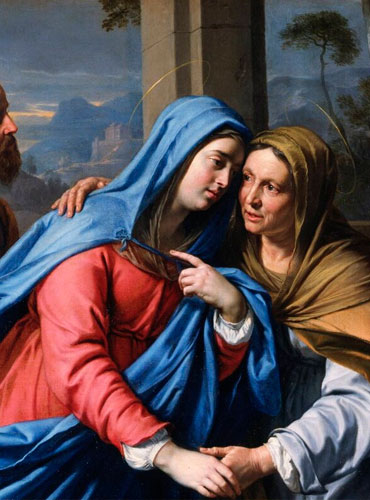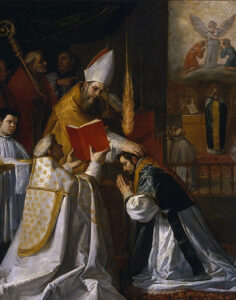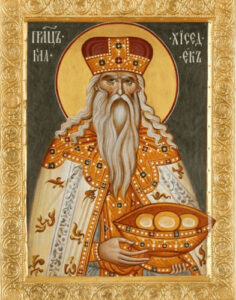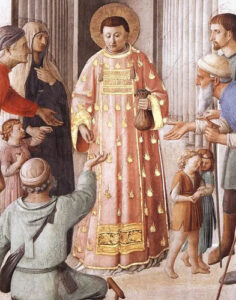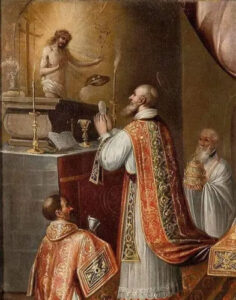Feast of the Visitation of the Blessed Virgin Mary – May 31st
Today we celebrate the feast of the Visitation of the Blessed Virgin Mary, when our Blessed Mother went to the house of her cousin Elizabeth. While there is a great deal that can be said, we can focus on two virtues of Mary that we see clearly revealed in this event as recounted by Saint Luke: first, her humility, and second, her charity. As Saint Francis de Sales comments on the Visitation, “It was these two virtues [humility and charity] which motivated her, and made her leave her little Nazareth, for charity is never idle. It burns in the hearts where it dwells and reigns, and the most Blessed Virgin was full of it, because she bore Love Itself in her womb.”
Regarding Mary’s humility, we notice that the Queen of Heaven did not hesitate to go to visit her cousin and assist her in her time of need. Elizabeth, recognizing this great honor, asks Mary how it is that “the mother of her Lord” should come to her. Yet, for Mary, this humble service is almost second nature: although she is higher than the angels, she doesn’t hesitate to lower herself to be of assistance to others, almost as though she were unaware or forgetful of her greatness and dignity. The truly great person is humble enough to be able to lower themselves to others so as to raise them up.
Regarding Mary’s charity, it’s interesting that Luke uses the word ἀνίστημι (anístemi), meaning, “to rise up,” to explain how Mary got up. “The same verb is used in the Gospels to indicate Jesus’s Resurrection (Mk 8:31; 9:9,31; Lk 24:7, 46) or physical actions that imply a spiritual effort (Lk 5:27-28; 15:18,20), so it’s likely that Luke wanted to stress the vigorous zeal which led Mary, under the inspiration of the Holy Spirit, to give the world its Savior.” True charity does not hesitate to do what is of service to those in need. Even the direction of the Blessed Virgin’s journey is particularly significant: it will be from Galilee to Judea, like Jesus’ missionary journey (cf. 9:51). To be charitable is nothing other than to bring Christ to others.
In many of her biographies, authors recount that Saint Mother Teresa of Calcutta used to love to ask her fellow Missionaries of Charity: “Who was the first Missionary of Charity?” Oftentimes, the question was met with strange stares and the reply, “Well, you, Mother.” To that, Mother Teresa would respond: “No; the Blessed Virgin Mary was the first Missionary of Charity, because she went in haste to serve as a handmaid, and not as the Mother of God.” “The moment Jesus came [into Mary’s life], she immediately went in haste to give Him to others.” “Mary is the model of all Christians in this scene, not only because she was practicing the most sublime virtue of charity, but also because she was bringing the very presence of Jesus with her, within her, to bring great joy and peace to the one whom she served.”
This is our work as well: to bring Jesus Christ to those around us, and especially to those in most need of His presence. Mary’s visit to Elizabeth is a prelude to Jesus’ mission and, in cooperating from the beginning of her motherhood in the Son’s redeeming work, she becomes the model for those in the Church who set out to bring Christ’s light and joy to the people of every time and place.
As we begin our summer activities, let us ask, through the intercession of Mary, Our Lady of the Visitation, to bring Christ’s light and joy to everyone around us.

